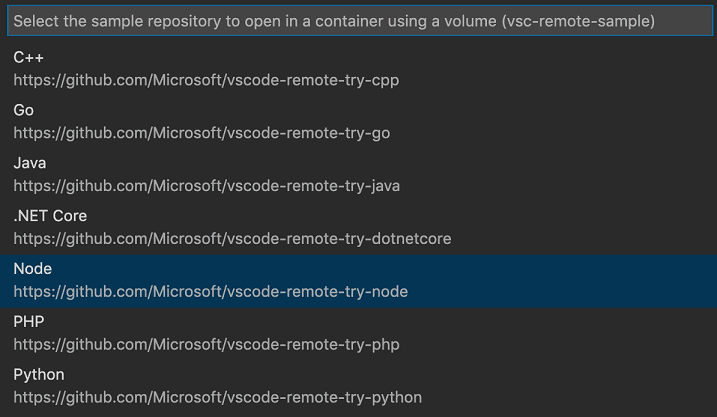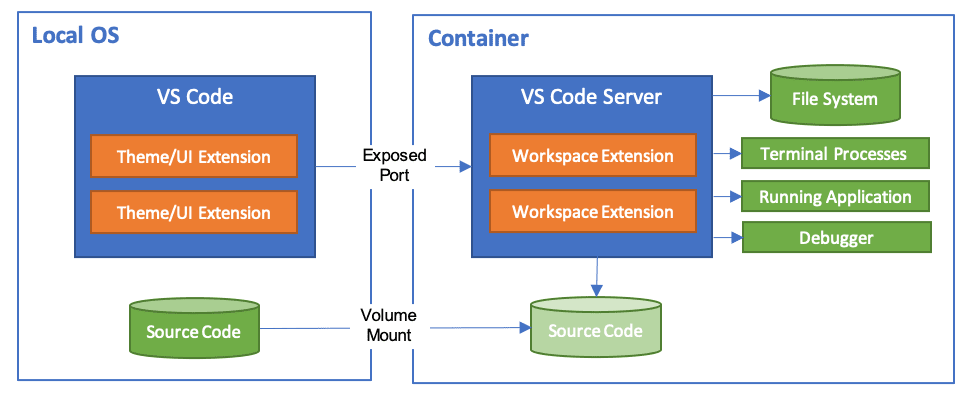Look, if you've been developing anything that touches Kubernetes, you know the pain: your local environment is completely different from staging, which is different from prod, and nobody can reproduce the fucking bugs because "it works on my machine."
I spent three years dealing with this shit before dev containers saved my sanity.
The Real Problem
You're building a microservice that needs to talk to Redis, PostgreSQL, and some message queue. Locally, you have different versions, different configs, different network setups. Your teammate runs macOS while you're on Linux. The junior dev just joined and spent two weeks trying to get the environment working.
And then - because of course - someone deploys to Kubernetes and suddenly everything breaks. Container runtime is different, networking works differently, secrets are mounted in different paths. Classic.
How VS Code Dev Containers + K8s Actually Works


The Dev Containers extension lets you code inside a Docker container that matches your production environment. Not "similar to" - actually matches. The official container specification defines how this works, and Microsoft's documentation walks through the setup process.
Docker-in-Docker vs Docker-outside-of-Docker: This is where most people fuck up. Docker-in-Docker is "pure" but slow as molasses. Docker-outside-of-Docker mounts your host Docker socket, which is faster but can break on SELinux systems (learned that one the hard way). The Docker security documentation explains the implications.
Kubernetes Integration: The Kubernetes extension is actually decent. You can deploy straight to your cluster, check logs, port-forward services - all without leaving VS Code. Beats switching between terminal tabs constantly. The kubectl reference and Kubernetes concepts guide provide essential background.
Real-World Setup
Here's what actually works in production:
{
"name": "Microservice Dev Environment",
"dockerFile": "Dockerfile.dev",
"features": {
"ghcr.io/devcontainers/features/docker-outside-of-docker:1": {},
"ghcr.io/devcontainers/features/kubectl-helm-minikube:1": {}
},
"remoteEnv": {
"KUBECONFIG": "/workspace/.kube/config"
},
"mounts": [
"source=${localEnv:HOME}/.kube,target=/home/vscode/.kube,type=bind"
],
"postCreateCommand": "kubectl config use-context development"
}
Warning: That kubeconfig mount breaks if your username has spaces or non-ASCII characters. I think it was Docker 4.2 where this got really bad? Maybe 4.3? Either way, Docker's path handling is garbage for edge cases.
Why This Actually Matters
Once you set this up right:
- New developers are productive in like half an hour instead of spending days installing shit
- Your dev environment failures actually predict production failures
- No more "works locally but crashes in staging" surprises
- Everyone debugs the same way, with the same tools, same versions
The setup takes about an hour if you know what you're doing, maybe 4 hours if you hit the gotchas. Or like 8 hours if you're on Windows and everything decides to break. But it saves weeks of debugging environment-specific bullshit later.
Currently at something like 2+ million downloads because developers are tired of environment hell. The devcontainers spec is actually becoming a standard, which is shocking for something Microsoft touched. GitHub Codespaces uses the same spec, and I think AWS Cloud9 does too.
The implementation details that follow will save you from the usual Docker-Kubernetes integration nightmare. Because nothing's worse than spending a week debugging an environment setup when you should be writing actual code.




